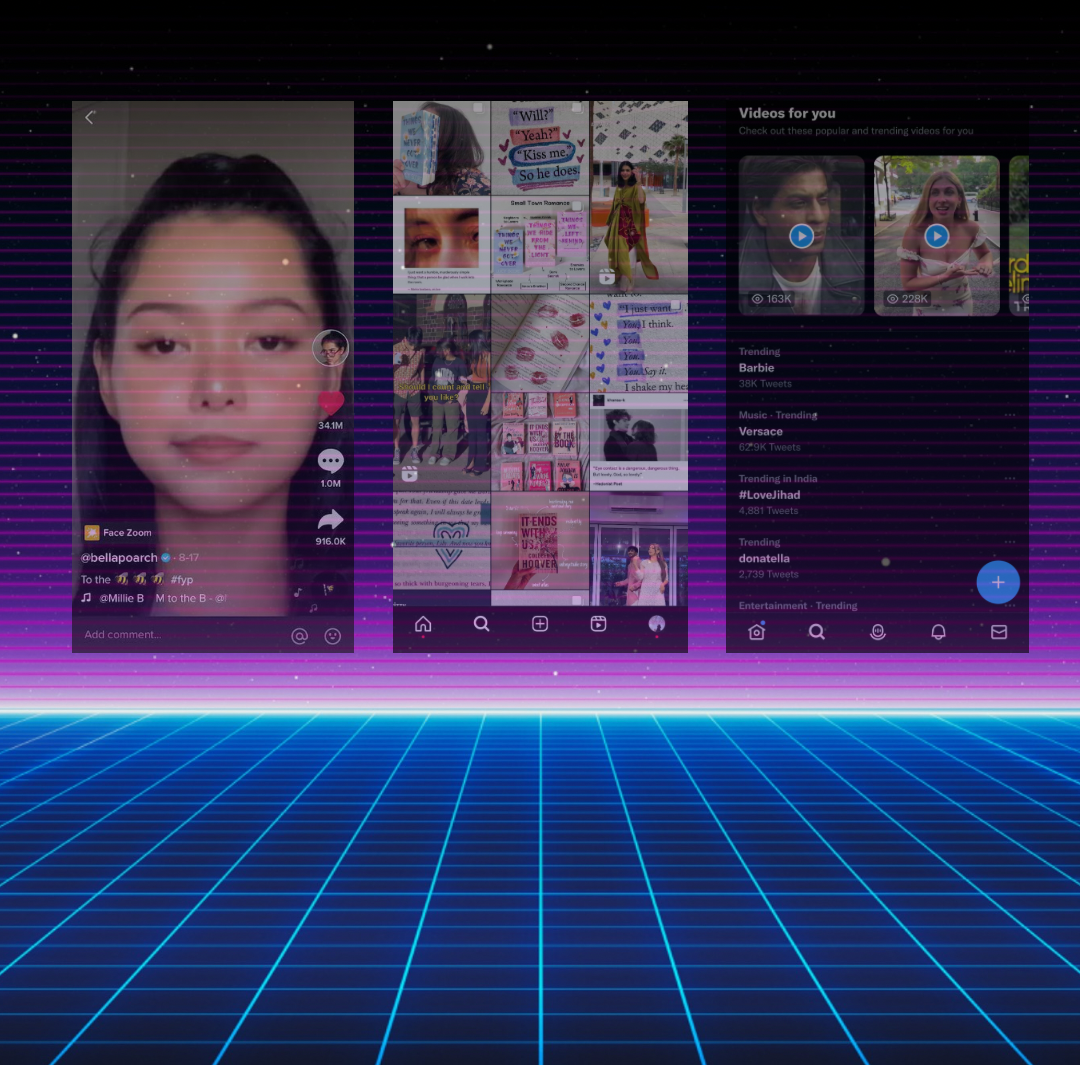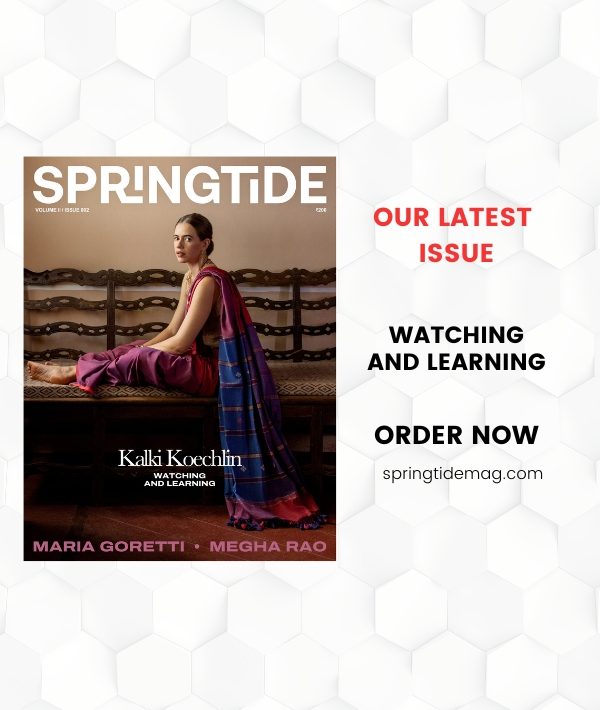Picture this: You open an app on your phone and start vertically scrolling through 8-second short videos that don’t keep your attention for even half their run-time. Did you imagine TikTok? Or Instagram reels? I could also be talking about Youtube Shorts, Snapchat or Spotify, and the same scenario would apply. It seems that every single tech company now offers the same services just packaged in a different box.
Spotify, the music streaming service, is the most recent entry. The company is redesigning the app’s main home screen in an effort to make it easier for users to discover new things to listen to — and watch. The new design emphasises imagery and vertical scrolling, transforming your home screen from a collection of album covers into a feed that resembles TikTok and Instagram. Spotify understands the market’s changing demands and has tried its best over the years to be more than just a music app. Over the last few years, it has invested heavily in podcasts, audiobooks, and live audio. Now, it’s going all-in on video podcasts, a medium that has been making waves on YouTube.
It’s been happening for a long time now. AR filters were all the rage when Snapchat first introduced them. Eventually, Instagram and then Tiktok along with every other video-sharing platform in between jumped in on the bandwagon. Instagram introduced its ‘24hr stories’ feature to the world in 2016, and then we got WhatsApp statuses, Facebook stories and Twitter Fleets (although they shut the latter down soon after). Every other app is integrating AI into its interface. Instagram has a Twitter-like feature you can use to share random thoughts. YouTube introduced Shorts, an attempt at cashing in on the popularity of short-form videos. And Netflix as well introduced a version of this feature, where you can vertically scroll through snippets of their shows.
As if borrowing features from each other wasn’t enough, Meta is reportedly working on a decentralized alternative for Twitter altogether. Codenamed P92, the app will allow users to post text-based updates. Users can set up their own servers and set their own rules for content moderation.
It is understandable in a way, they need to keep introducing new features frequently to keep our attention. “New features come and go, and even though we crib about it in the initial days we all just end up accepting them in the end. Take the Instagram notes thing for example. Everyone called it ‘cringe’ and compared it to Twitter, but now everyone uses it. As long as the feature doesn’t hinder my ability to enjoy the app’s main purpose, I don’t think it will matter. Like, I go to Spotify to listen to music, so I don’t have to keep my phone’s screen on unlike on YouTube. If Spotify’s new feature somehow interrupts my music listening experience, then we have a problem” says Prajakta Baddadare, 23, on what it is like for youth to browse through these apps in current times. Whether it’s TikTok’s short-form looping video or BeReal’s dual camera feature, copycat features on entrenched platforms yield stickiness among existing users — which also means more opportunities to generate revenue through advertising to said users. But there’s also an obvious tension in such a crowded design. The result is a rather uninspiring race to the middle. Arnav Raje, 20, added on how the borrowing is the only newness one could offer. “It’s just music and videos, which we keep shortening with every new feature. Like, BeReal tried something, and that was exciting for a while but apart from that there isn’t much innovation to keep the experience exciting. And there doesn’t seem to be much room left there either. But I think people will still use it, there’s a long way to left to go before some of these apps become completely obsolete”, he added.
Social media started as a luxury, but now we’re at a point where it is a useless necessity, and if all these companies keep borrowing their best features from each other, will there come a time of saturation?





Warning: Use of undefined constant ‘url’ - assumed '‘url’' (this will throw an Error in a future version of PHP) in /var/www/html/wp-content/themes/theissue/functions.php on line 143